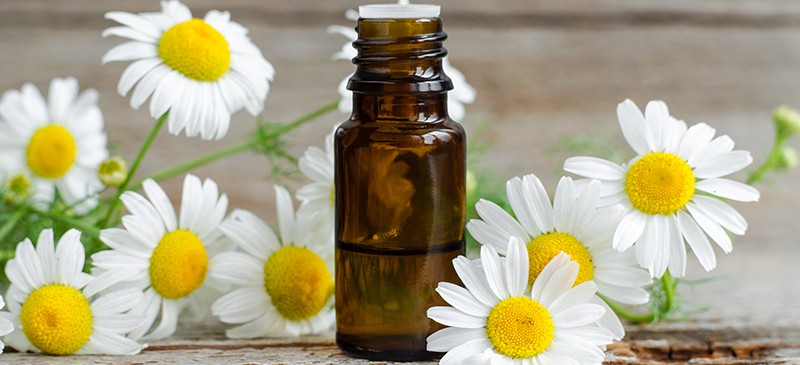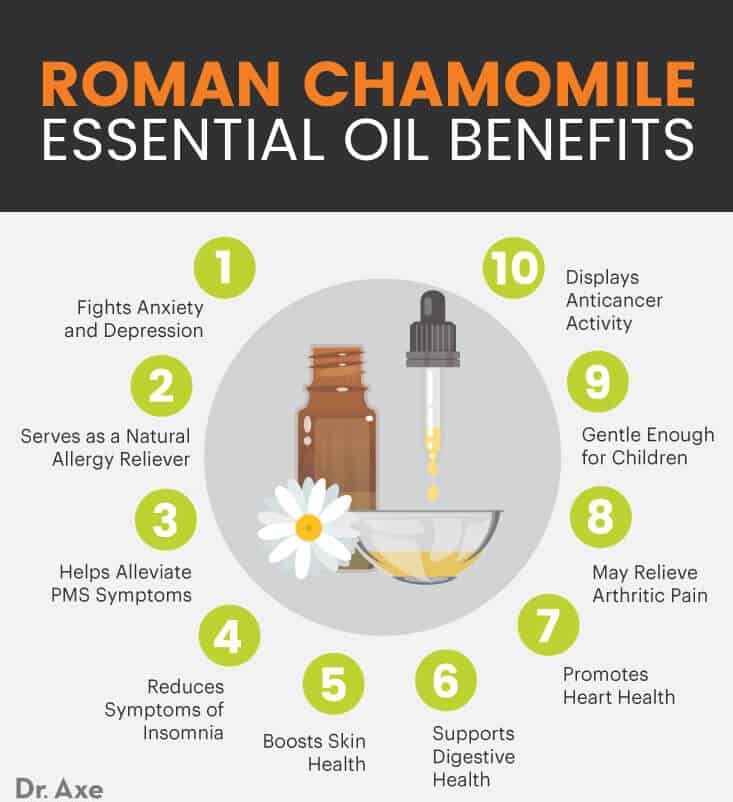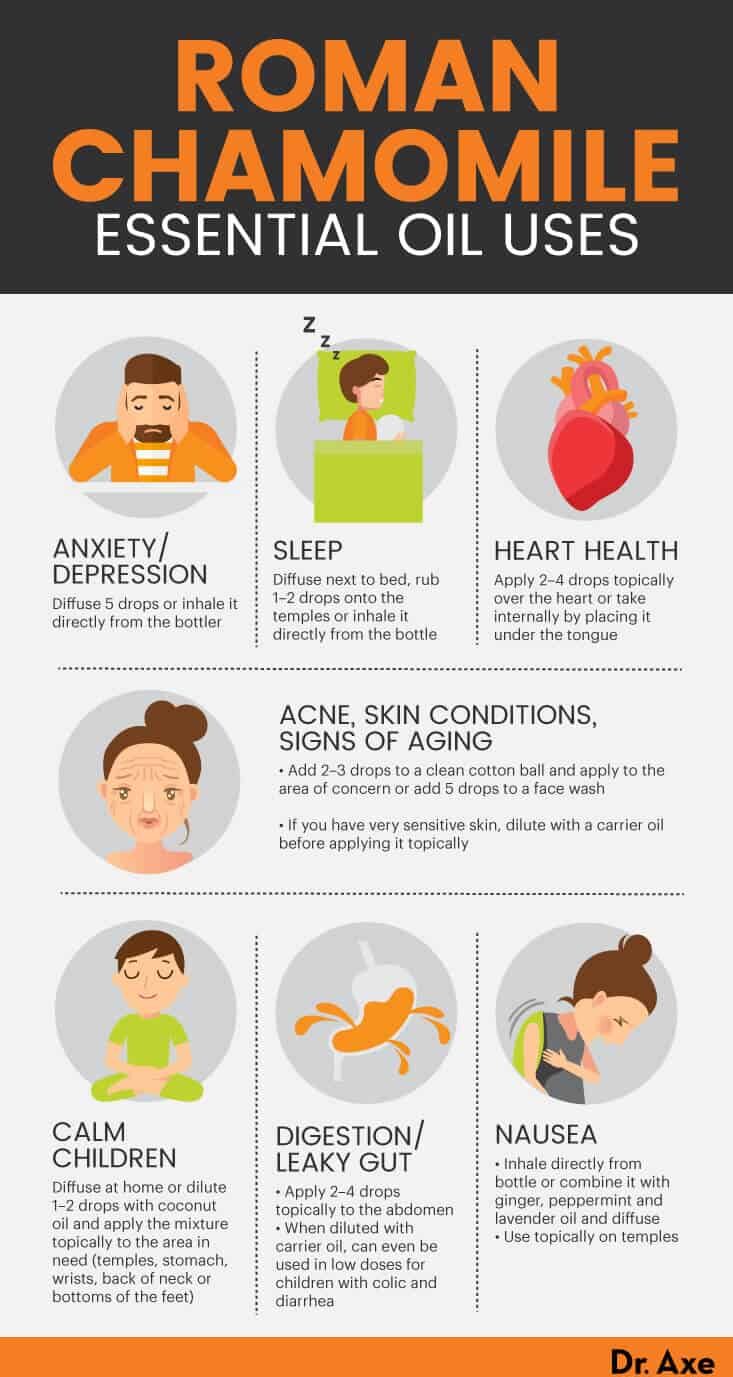This Dr. Axe content is medically reviewed or fact checked to ensure factually accurate information.
With strict editorial sourcing guidelines, we only link to academic research institutions, reputable media sites and, when research is available, medically peer-reviewed studies. Note that the numbers in parentheses (1, 2, etc.) are clickable links to these studies.
The information in our articles is NOT intended to replace a one-on-one relationship with a qualified health care professional and is not intended as medical advice.
This article is based on scientific evidence, written by experts and fact checked by our trained editorial staff. Note that the numbers in parentheses (1, 2, etc.) are clickable links to medically peer-reviewed studies.
Our team includes licensed nutritionists and dietitians, certified health education specialists, as well as certified strength and conditioning specialists, personal trainers and corrective exercise specialists. Our team aims to be not only thorough with its research, but also objective and unbiased.
The information in our articles is NOT intended to replace a one-on-one relationship with a qualified health care professional and is not intended as medical advice.
Roman Chamomile Essential Oil Benefits & Uses
February 16, 2024

Chamomile is one of the most ancient medicinal herbs known to mankind. Many different preparations of chamomile have been developed over the years, and the most popular is in the form of herbal tea, with more than 1 million cups consumed per day. What many people don’t know is that Roman chamomile essential oil is even more effective than tea and just as easy to use.
You can get all of the chamomile benefits from its essential oil by diffusing it at home or applying it topically to the skin, including its ability to help calm the mind, relieve digestive issues, treat skin conditions, reduce inflammation and more.
Benefits of Roman Chamomile Essential Oil
1. Fights Anxiety and Depression
Roman chamomile essential oil has been used as a mild sedative to calm nerves and reduce anxiety by promoting relaxation. Inhaling Roman chamomile is one of the best ways to utilize essential oils for anxiety.
The fragrance is carried directly to the brain and serves as an emotional trigger. Research shows that Roman chamomile has been used for relief of depressive and anxiety symptoms all over the world, including a number of regions in southern Italy, Sardinia, Morocco and Brazil.
A 2013 study published in Evidence-Based Complementary and Alternative Medicine found that an aromatherapy essential oil blend including lavender, Roman chamomile and neroli reduced anxiety levels in patients in an intensive care unit. The aromatherapy treatment effectively reduced the anxiety levels and improved the sleep quality of patients in ICU compared to conventional nursing intervention.
2. Serves as a Natural Allergy Reliever
Roman chamomile possesses antimicrobial and antioxidant properties, and it’s commonly used for hay fever. It has the power to relieve mucus congestion, irritations, swelling and skin conditions that are associated with seasonal allergy symptoms. When applied topically, Roman chamomile oil helps relieve skin irritations that may be due to food allergies or sensitivities.
3. Helps Alleviate PMS Symptoms
Roman chamomile essential oil serves as a natural mood booster that helps reduce feelings of depression — plus its antispasmodic properties allow it to soothe menstrual cramps and body aches that are commonly associated with PMS, such as headaches and back pain. Its relaxant properties make it a valuable remedy for PMS symptoms, and it can even help clear up acne that may appear as a result of hormone fluctuations.
4. Reduces Symptoms of Insomnia
The relaxing properties of Roman chamomile promote healthy sleep and fight insomnia.
A 2006 case study explored the inhalation effects of Roman chamomile essential oil on mood and sleep. The results found the volunteers experienced more drowsiness and calmness, demonstrating its potential to improve sleep and help enter a restful state. Inhalation of chamomile also can reduce a stress-induced increase in plasma adrenocorticotropic hormone levels.
According to a 2005 study published in Biological and Pharmaceutical Bulletin, chamomile extracts exhibit benzodiazepine-like hypnotic activity. A significant decrease in the time it took to fall asleep was observed in rats who received chamomile extract at a dose of 300 milligrams per kilogram of body weight.
5. Boosts Skin Health
Roman chamomile promotes smooth, healthy skin and relieves irritations because of its anti-inflammatory and antibacterial properties. It has been used as a natural remedy for eczema, wounds, ulcers, gout, skin irritations, bruises, burns, canker cores, and even skin conditions like cracked nipples, chicken pox, ear and eye infections, poison ivy, and diaper rash.

6. Supports Digestive Health
Chamomile is used traditionally for numerous gastrointestinal conditions, including digestive disorders. Roman chamomile essential oil contains anodyne compounds that are antispasmodic and can be used to treat or relieve digestive issues, such as gas, leaky gut, acid reflux, indigestion, diarrhea and vomiting. It’s especially helpful in dispelling gas, soothing the stomach and relaxing the muscles so food can move through the intestines with ease.
Because of its relaxing properties, Roman chamomile can also be used internally and topically to get rid of nausea.
7. Promotes Heart Health
Roman chamomile provides cardiovascular protection because of its high levels of flavonoids, which have been shown to significantly reduce mortality from coronary heart disease when taken internally. Because of the flavonoids present in Roman chamomile essential oil, it may lower blood pressure and have a relaxing effect on the heart.
8. May Relieve Arthritic Pain
A study in human volunteers demonstrated that chamomile flavonoids and essential oils penetrate below the surface into deeper skin layers. This is important for their use as topical anti-inflammatory agents that can effectively treat arthritic pain. When applied topically or added to a warm water bath, Roman chamomile oil helps reduce pain in the lower back, knees, wrists, fingers and other problematic areas.
9. Gentle Enough for Children
For centuries, mothers have used chamomile to calm crying children, reduce fevers, eliminate earaches and soothe upset stomachs. It’s often called the “kid calmer” because of its ability to help children with ADD/ADHD, and it’s one of the gentlest essential oils on the planet, making it great for infants and children.
A 1997 study examined the effects of a chamomile extract and apple pectin preparation in 79 children with acute, non-complicated diarrhea. Researchers found that diarrhea ended sooner in children treated with chamomile and pectin for three days than in the placebo group. These results provide evidence that chamomile can be used safely on children as a colic natural remedy and to treat upset stomachs.
10. Displays Anticancer Activity
Studies evaluating chamomile on preclinical models of skin, prostate, breast and ovarian cancer have shown promising growth inhibitory effects. In a 2007 study conducted at Case Western Reserve University in Ohio, chamomile extracts were shown to cause minimal growth inhibitory effects on normal cells but significant reductions in cell viability in various human cancer cell lines.
Chamomile exposure induced apoptosis in cancer cells but not in normal cells at similar doses. The study represents the first reported demonstration of the anticancer effects of chamomile.
A 2009 study evaluated the effects of a newly developed botanical agent containing seven standardized extracts, including Panax ginseng, cranberry, green tea, grape skin, reishi mushroom and chamomile, on prostate cancer cells in mice. The treatment of prostate cancer cells with the botanical mixture resulted in a dose-dependent inhibition of cell growth, and all three groups of mice bearing moderate or large tumors showed significant inhibition of tumor growth and lymph node metastasis. The botanical agent also had a good safety profile and exerted no toxicity when used in high doses.
In addition to these Roman chamomile essential oil benefits, preliminary research suggests that chamomile may also help treat hemorrhoids, have a protective effect on pancreatic beta cells in diminishing hyperglycemia-related oxidative stress, relieve symptoms of vaginitis (vaginal inflammation), treat the common cold, and relieve sore throat and hoarseness.
How to Use
Roman chamomile essential oil is available in health stores and online. It can be diffused, applied to the skin topically and taken internally. Here are some easy ways to use Roman chamomile oil:
- To fight anxiety and depression, diffuse 5 drops, or inhale it directly from the bottle.
- To improve digestion and leaky gut, apply 2–4 drops topically to the abdomen. When diluted with a carrier oil like coconut oil, it can even be used in low doses for children with colic and diarrhea.
- For a restful sleep, diffuse chamomile oil next to bed, rub 1–2 drops onto the temples or inhale it directly from the bottle.
- To help calm children, diffuse Roman chamomile oil at home, or dilute 1–2 drops with coconut oil and apply the mixture topically to the area in need (such as the temples, stomach, wrists, back of neck or bottoms of the feet).
- To use as a home remedy for acne, treat various skin conditions and combat the signs of aging, add 2–3 drops to a clean cotton ball and apply chamomile oil to the area of concern, or add 5 drops to a face wash. If you have very sensitive skin, dilute chamomile with a carrier oil before applying it topically.
- To promote heart health, apply 2–4 drops topically over the heart, or take internally by placing it under the tongue.
- To ease nausea, inhale Roman chamomile directly from the bottle, or combine it with ginger, peppermint and lavender oil and diffuse. It can also be used topically on temples to help with nausea.
When using any essential oil internally, only use very high-quality oil brands that are 100 percent pure grade and made by a reputable and trustworthy company.
History
Chamomile is one of the oldest, most widely used and well-documented medicinal plants in the world and has been recommended for a variety of healing applications. Chamomile plants are a member of the Asteraceae/Compositae family. There are two common types of chamomile used medicinally today: German chamomile (chamomilla recutita) and Roman chamomile (chamaemelum nobile).
Roman chamomile essential oil is steam-distilled from the plant’s flowers and has a sweet, fresh, apple-like and fruity aroma. After distillation, the oil ranges in color from brilliant blue to deep green when fresh but turns to dark yellow after storage. Despite the color fading, the oil does not lose its potency.
Approximately 120 secondary metabolites have been identified in chamomile, including 28 terpenoids and 36 flavonoids. Roman chamomile essential oil is mainly constituted from esters of angelic acid and tiglic acid, plus farnesene and a-pinene, which have anti-inflammatory and antibiotic properties.
Considered to be one of the most ancient and versatile essential oils, Roman chamomile essential oil has been used to treat a variety of conditions because of its anti-spasmodic effects due to its high esters content. Today, it’s commonly used in the natural treatment of nervous system problems, eczema, fever, heartburn, gout, anxiety and insomnia.

Although it’s called “Roman” chamomile, its history as a celebrated and widely used herb extends far beyond Ancient Rome. Hieroglyphic records show that chamomile was used cosmetically for at least 2,000 years. Greek physicians prescribed it for fevers and female disorders.
Although “Roman chamomile” was not the official name of the plant at the time, the term was given after it was seen sprouting around the Roman Colosseum in the 19th century. Also, historically, chamomile has been the essential oil of choice for mothers to use with their children because of its gentle and calming properties.
Chamomile was first cultivated in large quantities to be sold around the 16th century. Romans used chamomile to flavor drinks and in incense, as well as a medicinal herb to fight disease and promote longevity. Its healing qualities spread throughout Europe, and eventually the British brought chamomile plants to North America.
Doctors throughout Europe and in the early settlements of America included chamomile in their medicinal bags because it cured pain, inflammation, allergies and digestive issues completely naturally and without side effects. People also used it as a natural deodorant, shampoo and perfume.
Risks and Side Effects
Roman chamomile essential oil is generally considered safe for most people when used in small amounts. However, there are some potential side effects and drug interactions to be aware of.
Roman chamomile essential oil can cause skin irritation, especially in people with sensitive skin. It is important to dilute the oil with a carrier oil, such as jojoba oil, before applying it to the skin.
Some people may be allergic to Roman chamomile essential oil. Symptoms of an allergic reaction may include itching, redness, swelling and difficulty breathing.
It also has sedative properties and may cause drowsiness. It is important to avoid using it before driving or operating machinery.
Because Roman chamomile oil is an emmenagogue, which means that it stimulates blood flow in the pelvic area, it should not be used during pregnancy. When you use chamomile oil internally, do it for up to two weeks at a time and use only the highest-quality essential oil.
Roman chamomile essential oil may interact with blood thinners, such as warfarin (Coumadin), and increase the risk of bleeding. It also may increase the effects of sedatives, such as benzodiazepines and barbiturates.
This essential oil could also interact with other medications. It is important to talk to your doctor before using Roman chamomile essential oil if you are taking any medications.
Final Thoughts
- Chamomile is one of the oldest, most widely used and well-documented medicinal plants in the world and has been recommended for a variety of healing applications.
- Some Roman chamomile essential oil benefits include its ability to reduce inflammation, relieve depression and anxiety, soothe muscle cramps and other PMS symptoms, treat skin conditions, and boost heart health.
- Roman chamomile oil can be diffused at home or in your office, applied to the skin topically, and taken internally for up to two weeks at a time.




